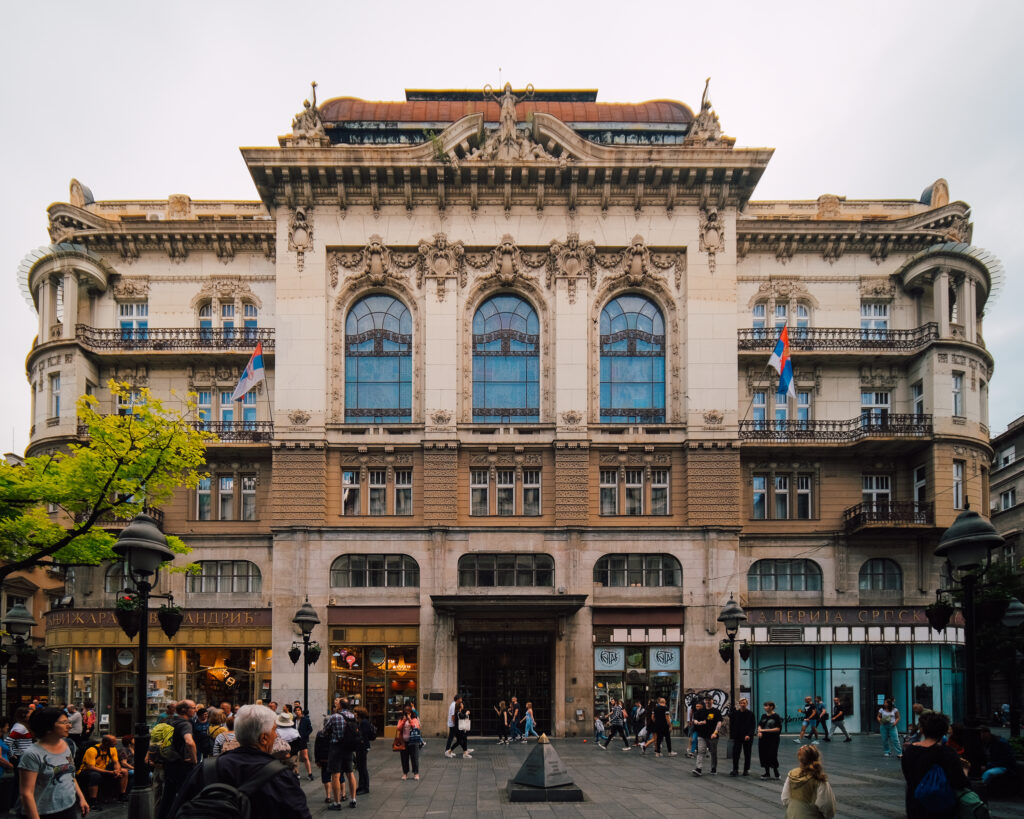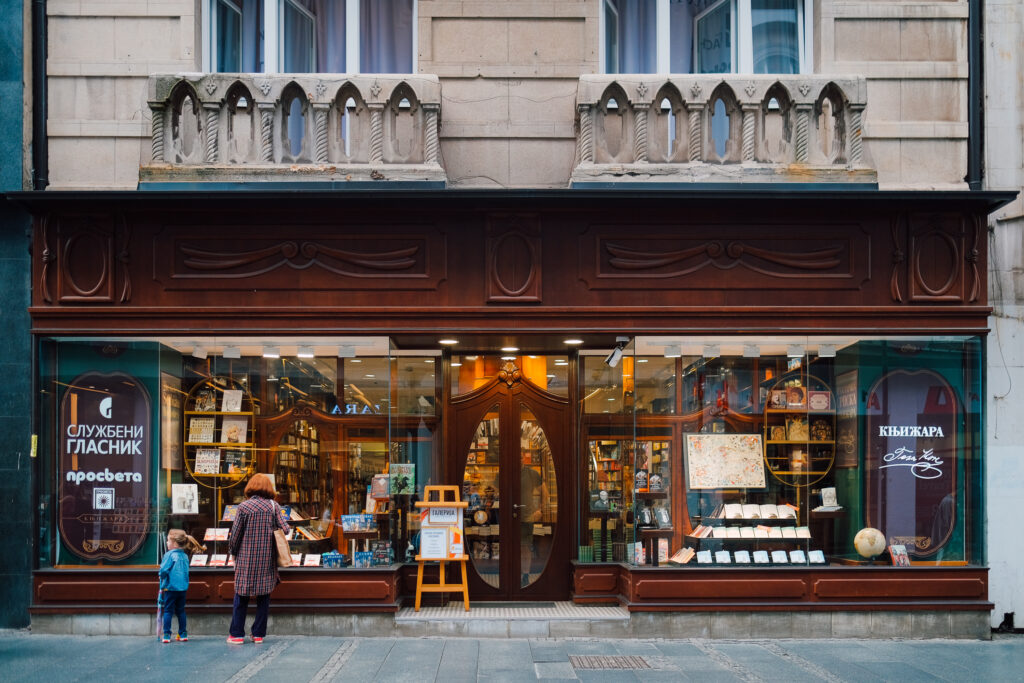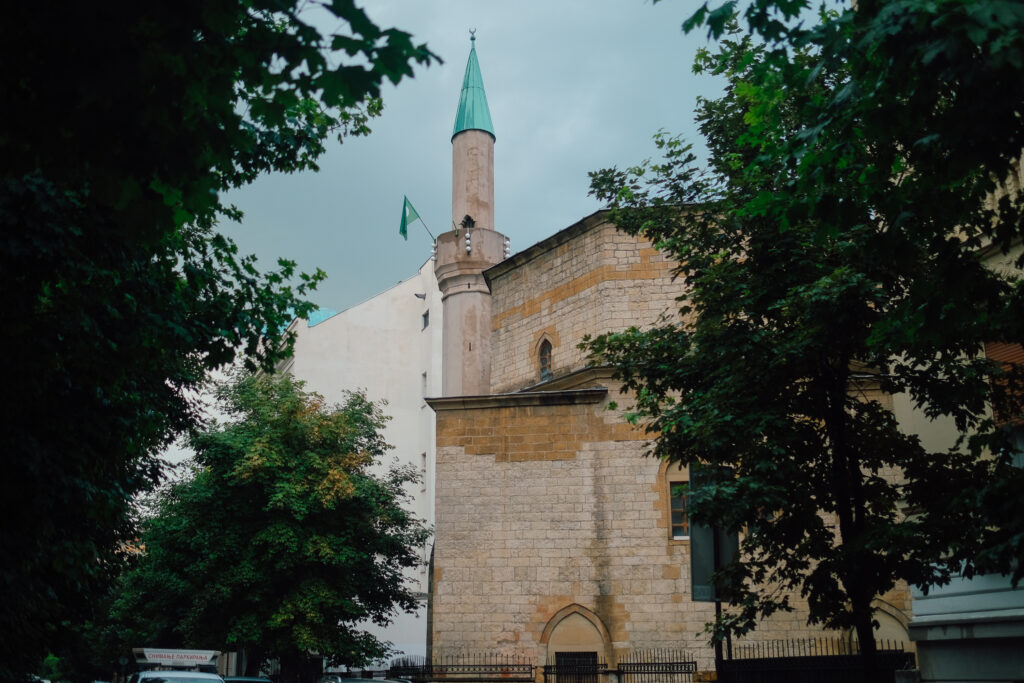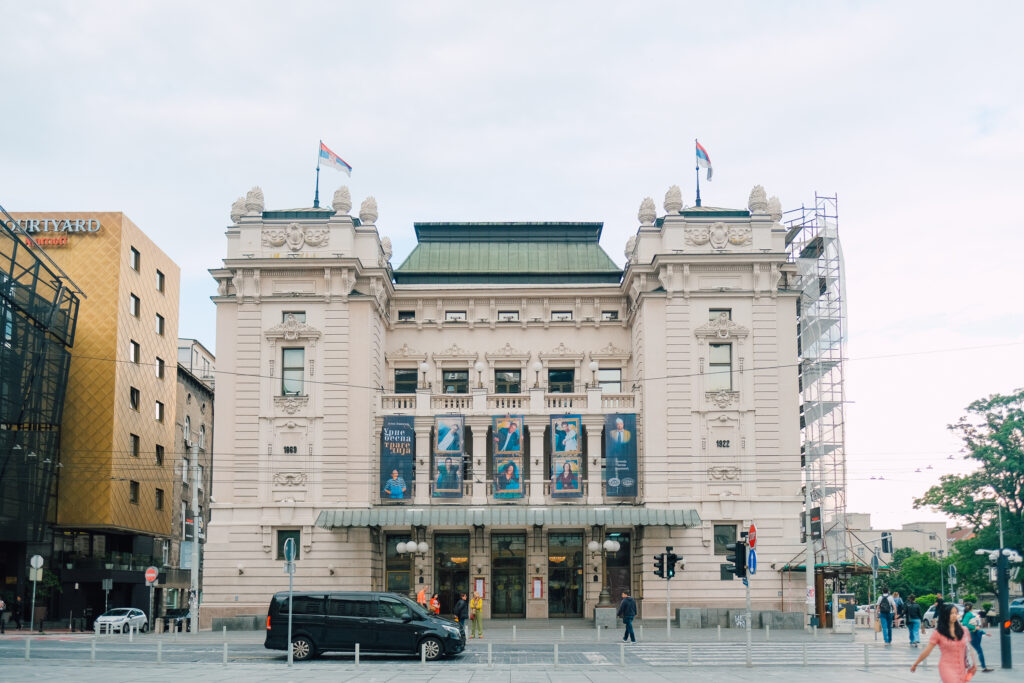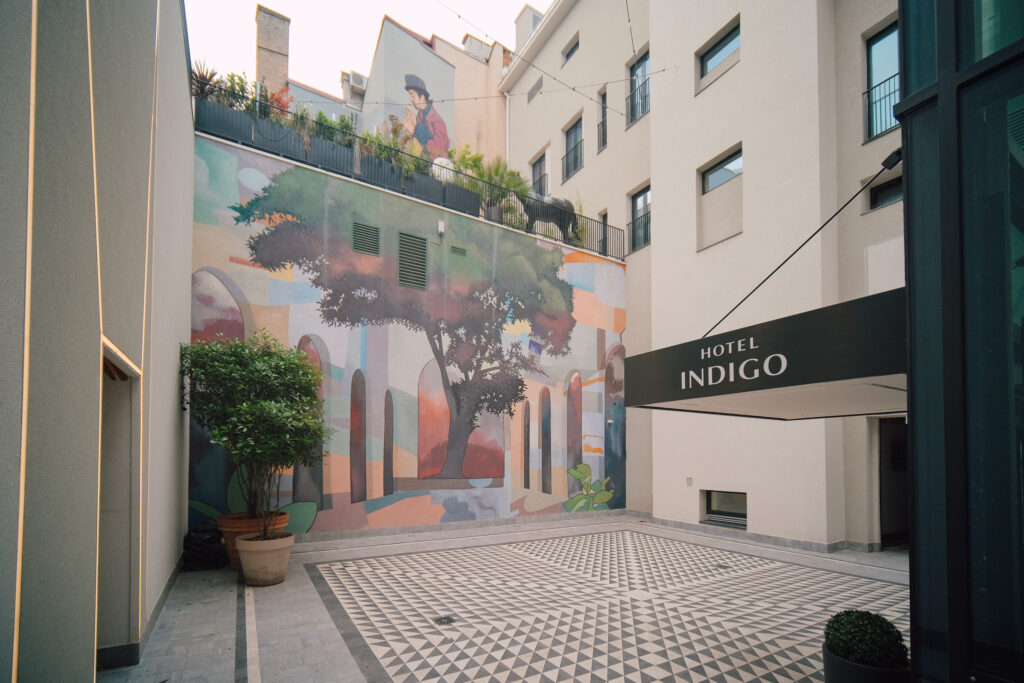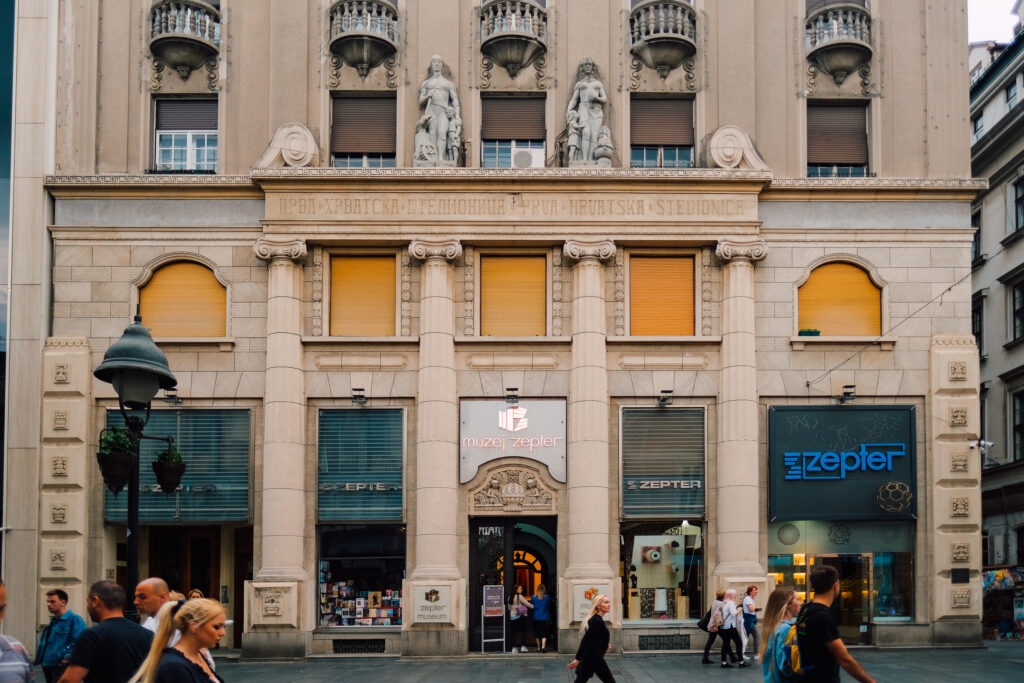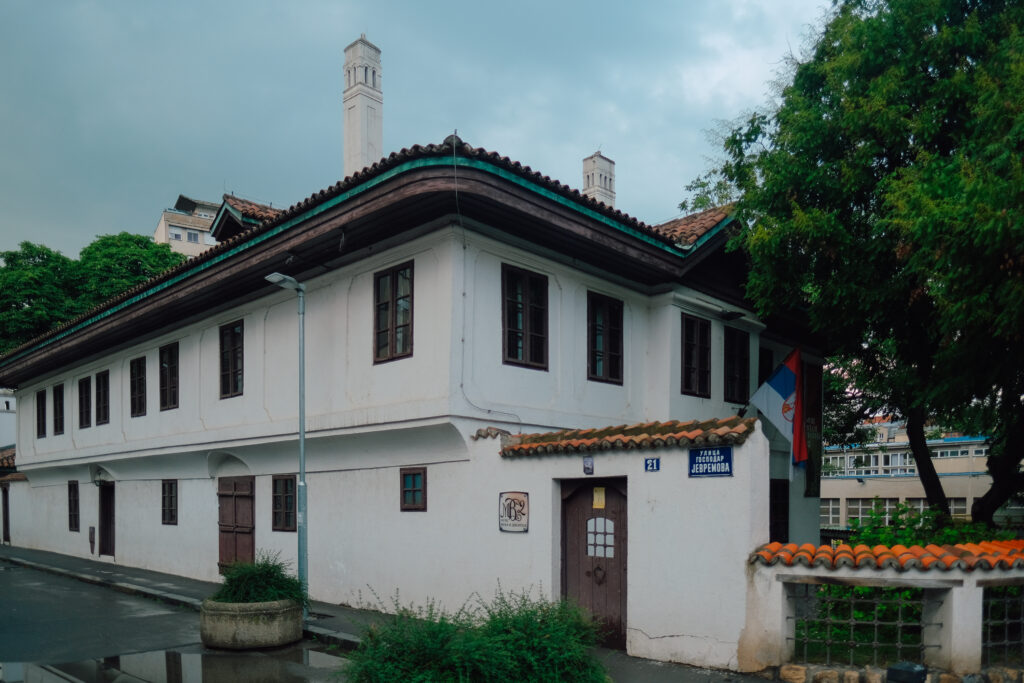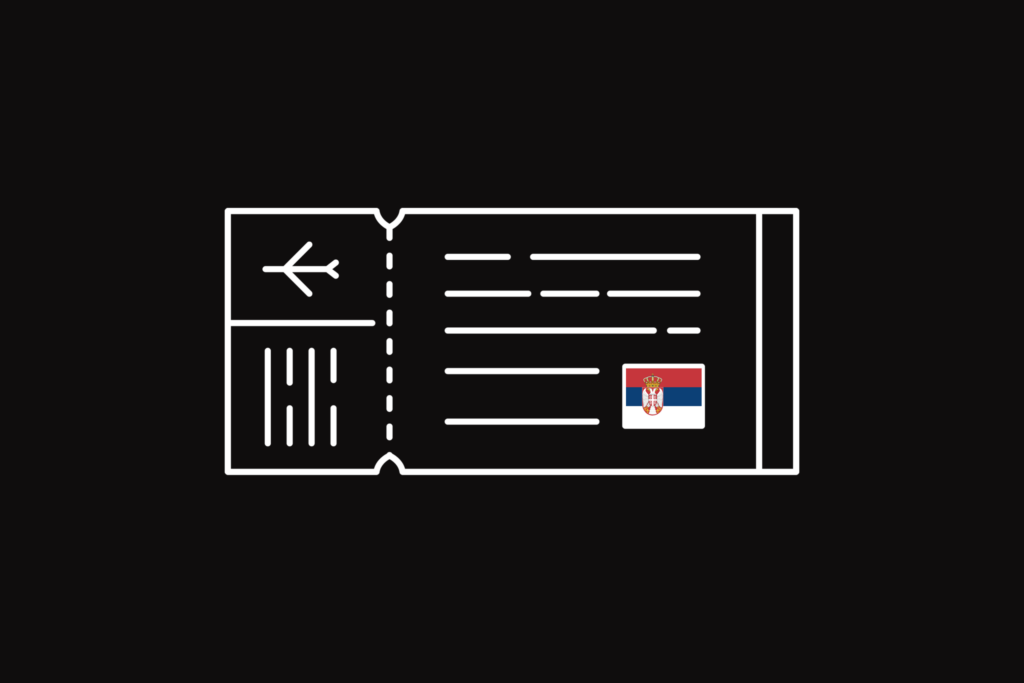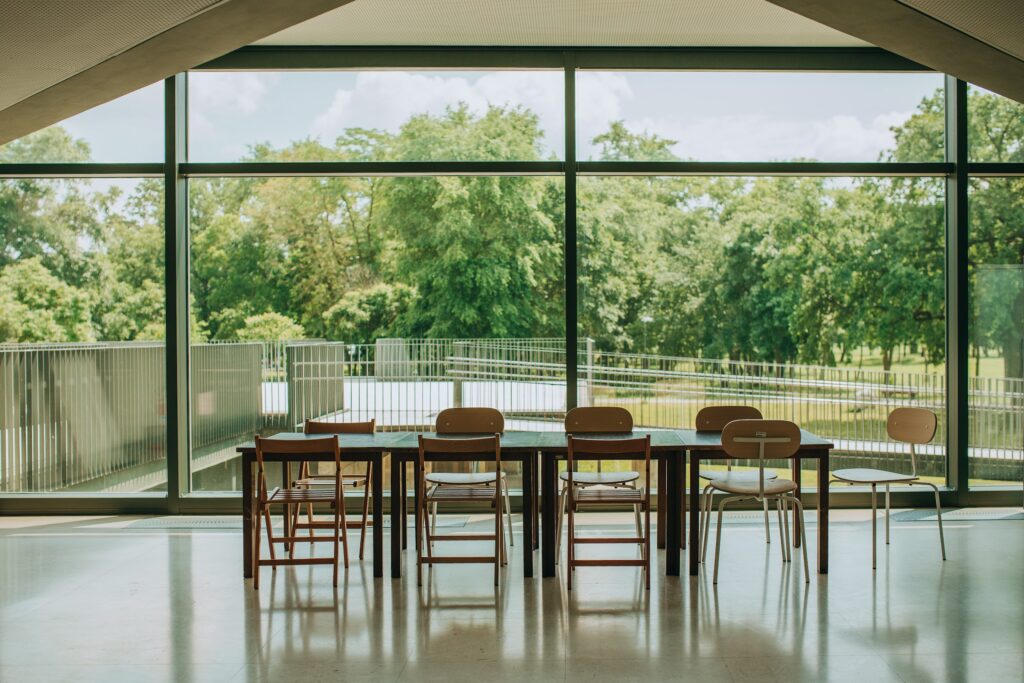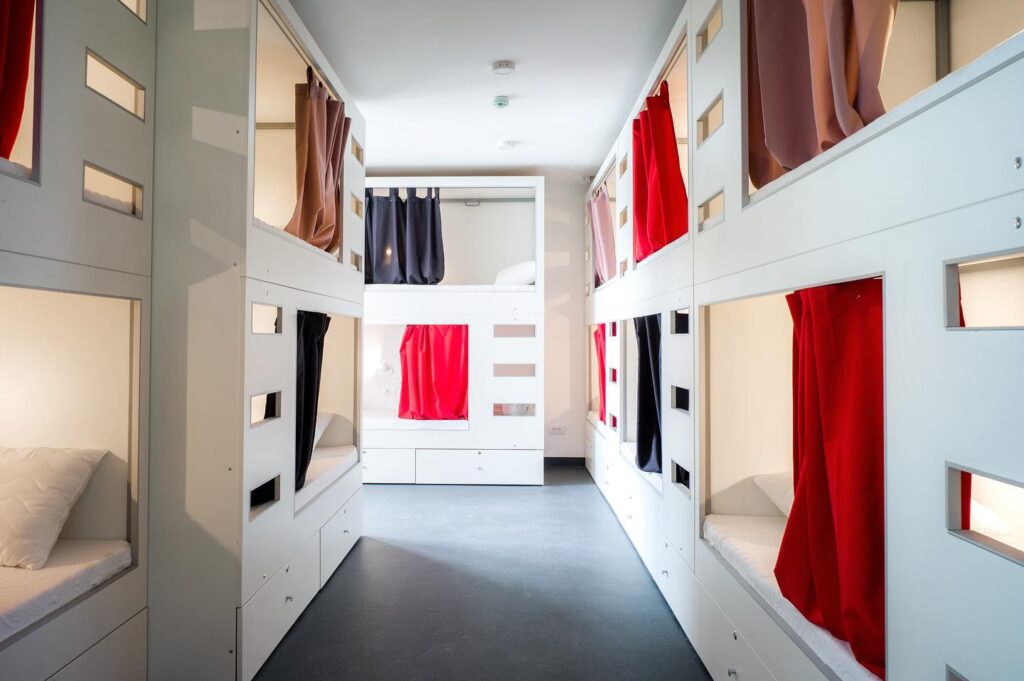Despite its venerable age Belgrade looks like a young city — most of the buildings date back to the 20th century. But if you look closely at the details, it is possible to find traces of the distant past, especially in the most central Belgrade district — Stari Grad
Start your walk from the nowadays central square, Republic Square (Trg Republike), which is decorated with an equestrian statue of Prince Michael — that is a traditional meeting point for Belgradians who call it “by the horse”. In the 18th century that location was not the center of the city, but its border — on the square one can still find traces of the gate leading to the city: there are some marks on the paving of the square itself and an image on a memorial plaque on the wall of the National Theater. The triumphant ensemble is completed by the National Museum, which is situated in the building of a former bank.
Not far from the square several streets begin: Obilichev Venats (Obilićev Venac), which laid along the route of the former city fortifications, Vasina street, which arose on the site of the road leading to Istanbul, and Knez-Mikhail’s (Knez Mihailova) – the main pedestrian street and the center of attraction for tourists. At the beginning of the street there is a worth stopping bookstore of Getza Kon (Geca Kon), situated in Knez Mikhail’s street, 12. He was a legendary publisher of the first half of the 20th century, and Getsa Kon’s recreated office on the second floor, as well as the atmosphere of the bookstore will help to immerse yourself in the atmosphere of that time.
To fully immerse yourself in the atmosphere, you should not only walk along the streets, but also look into the courtyards. Behind house number 19 there are the remains of the Spasich Passage (Spasićev prolaz), once the most fashionable place in the city, but now rather a corner of sublime decline. However, the courtyard of house number 20, freshly restored for the Indigo Hotel, pleases the eye with murals created by the Belgrade street artist Artez.
Like a typical Belgrade street, Knez Mihailova combines luxuriously decorated buildings of banks and different institutions (do not miss the building of the Academy of Sciences – Knez Mihailova, 35) and bold architectural experiments of the 1990s (for example, the “Progress” building – Knez Mihailova, 29). Architectural impressions can be easily supplemented with artistic ones – there are several galleries in Knez Mihailova street, and one of the most important is the Zepter Museum (Knez Mihailova, 42) with a collection of Serbian art of the second half of the 20th century.
Knez Mihailova also reveals the secrets of Roman Belgrade to the most attentive walkers – at the entrance to the Rajićeva shopping center there are the remains of a Roman road hidden under the glass, in the passage of the “Kristal” building (Knez Mihailova, 30) there is a showcase with household items, and on the Academic Plateau there is a brick bench, which is laid out to show the contour of Roman terms hidden underneath.
From the Academic plateau one can go to the Student park – there are also Roman terms below it, while during the Ottoman rule this park used to be a central Muslim cemetery. Behind the park there is an area that is nowadays called Upper Dorchol (Gornji Dorćol), several objects from the Ottoman period of Belgrade history have been preserved here: the Mausoleum, the house of a wealthy citizen and a mosque. At the beginning of Vishnicheva Street (Višnjićeva) in the end of the 18th century the leader of one of the dervish fraternities, Sheikh Mustaf, was buried in the Mausoleum (Turbe). The preserved Ottoman house also dates back to the end of the 18th century – today you can visit it thanks to the Museum of Vuk and Dositey, Serbian Enlighteners (Gospodar Jevremova street, 21). The oldest of the preserved objects is the Bayrakli mosque (Gospodar Jevremova street, 11) from the second half of the 17th century. Its name, which means the mosque “with the flag”, is obliged to the traditions of raising the flag on the building as a signal for the beginning of a call for prayer in other mosques, but now it is the only one of almost 200 mosques from the Ottoman period of Belgrade.
This area is called Dorchol (Dorćol) by mistake. Its traditional name is Zerek, this word means “an area on a hill with beautiful views”. It dates back to the times when all the houses in the city looked like the current museum of Vuk and Dositey, and one could see the Danube from here. To find the real Dorćol (translated as “four roads”), you need to go down King Peter’s Street (Kralja Petra) to Tsar Dushan Street (Cara Dušana) – to the intersection, the location called today “Lower Dorćol” is the real Dorćol.
Another forgotten toponym is Yalija (Jalija), the Belgrade area where Jews used to live. There are few objects from that period, but the Jewish Street (Jevrejska) and the Building of the charity Society “Oneg Shabbat” reminds of the Jewish past. Today it houses a Jewish cultural center, where exhibitions, concerts and performances are held.
The best option to finish the walk is drinking coffee on the embankment of the Danube, in a cafe on the water. In addition to natural beauties it is worthwhile to examine the sports center “May 25th” – a masterpiece by architect Ivan Antich, who connected concrete and glass, that creates an illusion of a building soaring above the ground.
